Choi Champandaek (House of Choi Champan) (최참판댁)
11.8 Km 29015 2021-12-16
66-7, Pyeongsari-gil, Hadong-gun, Gyeongsangnam-do
+82-55-880-2651
The House of Choi Champan is known as the setting of the famous novel "Toji" ("The Land") by noted novelist Park Kyongni. Located in a small folk literature village in Agyang-myeon, Pyeongsa-ri along the Seomjingang River at the foot of Jirisan Mountain, Choi Champandaek consists of fourteen hanok (traditional Korean house) buildings.
Also used as the main set of the drama version of "Toji" (2004), Choi Champandaek gives visitors a look at the life of Korean people in the late Joseon era. The house has not only made its appearance in many films, but is also a valuable cultural asset of Hadong-gun.
The Daecheong Maru (wooden-floored hall) connected to the Sarangchae (men’s quarters in a hanok) offers a wide view of the vast field of Pyeongsa-ri and gives an opportunity to meditate and reflect while appreciating the beautiful surroundings. Located in the vicinity are numerous tourist attractions including the Pyeongsari Literature Center, Hwagae Market, and Ssanggyesa Temple. During fall season every year, Choi Champandaek hosts the Toji Literature Festival.
House of Choi Champan [Korea Quality] / 최참판댁 한옥숙박시설 [한국관광 품질인증]
11.8 Km 4 2024-06-28
75 , Pyeongsari-gil, Hadong-gun, Gyeongsangnam-do
+82-10-2086-5330
House of Choi Champan is a hanok stay in Pyeongsa-ri, Akyang-myeon, where the Seomjin River flows down from Jirisan Mountain, Jeollanam-do. The accomodation is in several different configurations: the two-storey Ilyeongjae and Wolyeongjae are both rented out as houses; Yeonhajae and Hoeramjae, which are single-storey with numaru(a raised open floor); while Unrakjae and Hoegyeongjae have several rooms with bathrooms, each rented out. Only the "Hoegyeongjae-1" room is equipped with Numaru. Cooking strong-smelling food in guestrooms is not allowed.
Toji Literature Festival (토지문학제)
11.8 Km 848 2020-09-17
76-23, Pyeongsari-gil, Hadong-gun, Gyeongsangnam-do
• 1330 Travel Hotline: +82-2-1330 (Korean, English, Japanese, Chinese) • For more info: +82-55-880-2363
Toji Literature Festival is held annually in Hadong-gun, the setting of one of Korea's greatest historical novels, Toji, written by Park Kyongni. The festival pays tribute to the novel Toji, depicting the modern history of Korea between the years of the Donghak Revolution in 1897 and the Liberation of Korea in 1945. It has become one of the nation’s major literature festivals.
Maeam Tea Museum (매암차문화박물관)
11.9 Km 23640 2020-07-04
348, Agyangseo-ro, Hadong-gun, Gyeongsangnam-do
+82-55-883-3500
Maeam Tea Museum originally started from a tea garden established in 1964 by Gang Seongho. The tea museum features hands-on programs that allow participants to directly experience the process of making tea and also learn about proper tea culture. It aims to become an experiential museum.
Goundonggyegok Valley (고운동계곡)
12.0 Km 24907 2024-03-20
Bancheon-ro, Sicheon-myeon, Sancheong-gun, Gyeongsangnam-do
Goundonggyegok Valley, nestled within Jirisan Mountain, is renowned for its extraordinary beauty. It also has historical significance as a resting place for the esteemed Confucian scholar Choe Chiwon during his journeys around the mountain. Characterized by crystal-clear waters and dense forests, the valley boasts a breathtaking landscape. In the summer, it becomes a sought-after destination for those seeking respite from the heat, while in autumn, its celebrated vibrant foliage draws numerous visitors.
Starway Hadong Healfort[Korea Quality] / 힐포트하동[한국관광 품질인증]
12.2 Km 0 2024-06-25
3352-1 , Seomjingang-daero, Hadong-gun, Gyeongsangnam-do
Hadong Healfort, situated halfway up the mountain in Akyang-myeon, Hadong, Gyeongsangnam-do, is located near Pyeongsa-ri, which is the setting of the novel Toji, and offers a panoramic view of the Seomjingang River. In the living room, the view from the window is as lovely as a framed picture. There are 13 guestrooms, divided into three types: double, twin, and ondol (underfloor heated), each with a living room, bedroom, bathroom, and private terrace. This is an ideal location for couples to relax and enjoy the view.
Pyeongsari Field (평사리들판)
12.6 Km 29471 2022-08-26
Pyeongsari-gil, Hadong-gun, Gyeongsangnam-do
+82-55-880-2651
Pyeongsari Field was created by Seomjingang River flowing through the canyon which attracted people to form a village. The field served as the central farming field and fed the villagers for many years and appeared as a setting in Park Kyongni's novel "Land." Pyeongsari field is one of the largest fields found along Seomjingang River, boasting a size of 2,743,801 ㎡.
Baemsagol Waun Village (뱀사골 와운마을)
12.8 Km 0 2024-04-07
249 Waun-gil, Namwon-si, Jeonbuk-do
Baemsagol Waun Village is located deep in the heart of Jirisan Mountain, being almost impossible to find if one didn't know the pathway in the past. The village is located within a 14 kilometer-long valley with many strangely shaped rocks. The village is home to an old pine tree (Natural Monument) that is lovely referred to as "Grandmother Tree."
Jirisan Chilseongyegok Valley (칠선계곡(지리산))
13.2 Km 34739 2022-07-29
Chuseong-ri, Hamnyang-gun, Gyeongsangnam-do
+82-55-970-1000
Chilseongyegok Valley is the most beautiful valley in Jirisan Mountain, and is one of the top three valleys in the nation, along with Cheonbuldonggyegok Valley in Seoraksan Mountain and Tamnagyegok Valley in Hallasan Mountain. The 16-kilometer valley stretching from Uitan of Macheon-myeon to Cheonwangbong Peak is characterized by very tough topography but beautiful scenery and is the only remaining primeval forest of Jirisan Mountain. It is also dotted with seven waterfalls and 33 ponds. The hike becomes more difficult as the trail enters the valley. Because the valley has taken many lives, some people call it "The Valley of Death." For that reason, visitors must apply in advance and hike with a guide. The trail in Chilseon Valley is a 9.4-kilometer course from Chuseong Village in Macheon-myeon to Cheonwangbong Peak, which does not follow the natural valley, due to the valley's steep and dangerous features. Starting from Chuseong Village, the trail passes Yongso Pond, Jujiteo Site, Chuseongmang Rock, Seonnyeotang Pond, Ongnyeotang Pond, Biseondam, Chilseonpokpo Falls, Daeryukpokpo Falls, Samcheungpokpo Falls and Mapokpo Falls, all before reaching Cheonwangbong Peak.
Jirisan National Park (Hamyang Section) (지리산국립공원(함양))
13.3 Km 22010 2021-02-05
Baengmudong-ro, Hamyang-gun, Gyeongsangnam-do
+82-55-970-1000
Designated as the first national park in Korea on December 29, 1967, Jirisan National Park stretches out over 483.022 square kilometers, making it the largest national park among all 22 national parks. It covers Korea’s three southernmost provinces; Gyeongsangnam-do, Jeollanam-do, and Jeollabuk-do, one city, four counties, and 15 districts of eup and myeon. The area in Gyeongsangnam-do has Ssanggyesa Temple, Daewonsa Temple, Beopgyesa Temple, Chilbulsa Temple, and Chilsangsa Temple as well as valleys, falls, and other tourism resources. In particular, famous tourist spots in Hamyang area are Chilseongyegok Valley and Hansingyegok Valley.
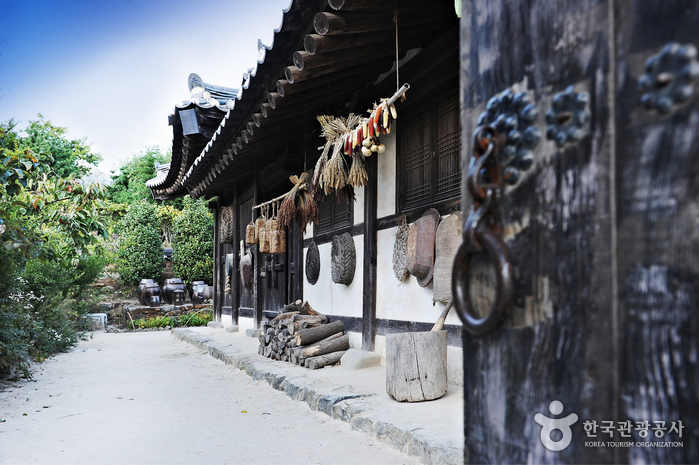
![House of Choi Champan [Korea Quality] / 최참판댁 한옥숙박시설 [한국관광 품질인증]](http://tong.visitkorea.or.kr/cms/resource/77/2709977_image2_1.jpg)
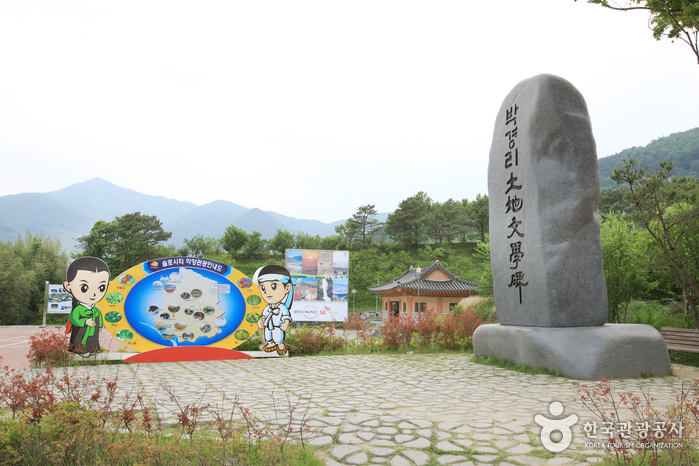
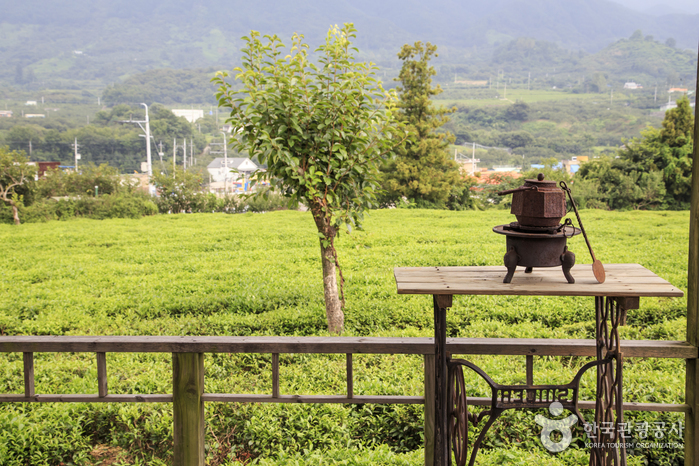
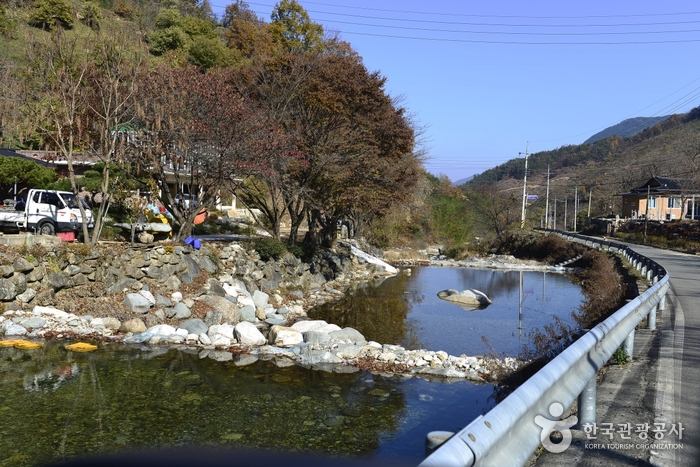
![Starway Hadong Healfort[Korea Quality] / 힐포트하동[한국관광 품질인증]](http://tong.visitkorea.or.kr/cms/resource/64/2811864_image2_1.jpg)
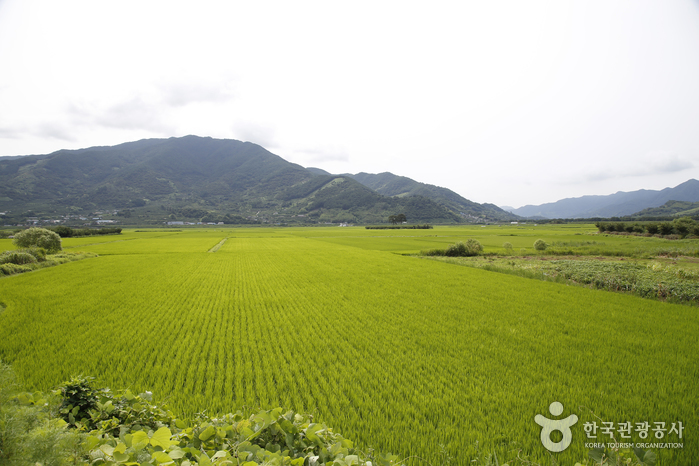
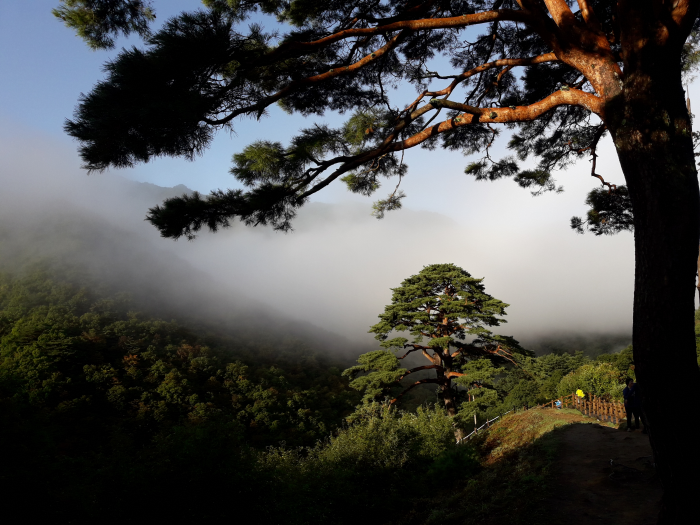
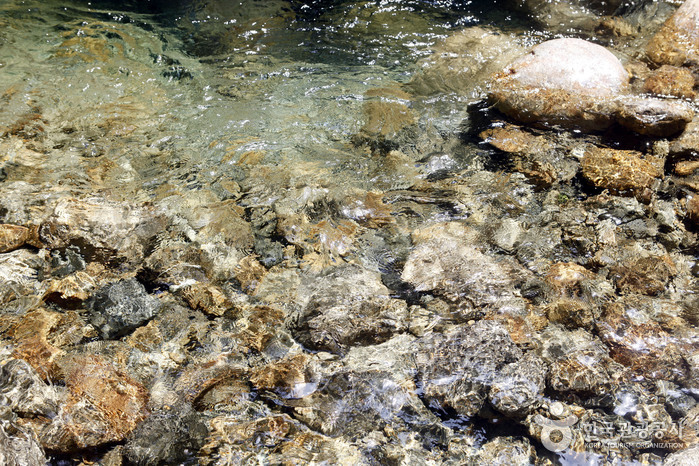
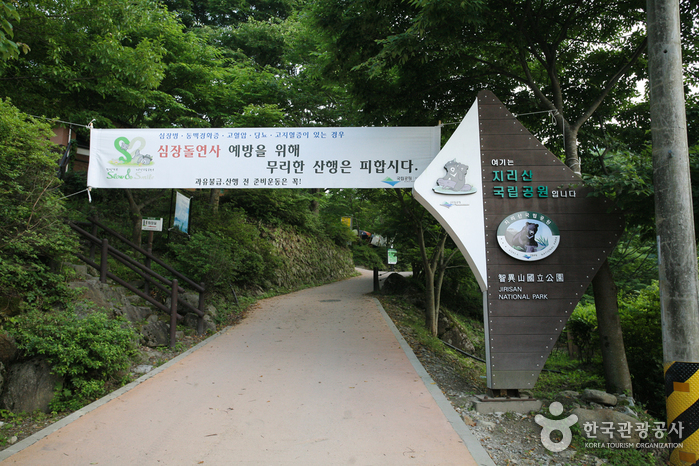
 English
English
 한국어
한국어 日本語
日本語 中文(简体)
中文(简体) Deutsch
Deutsch Français
Français Español
Español Русский
Русский